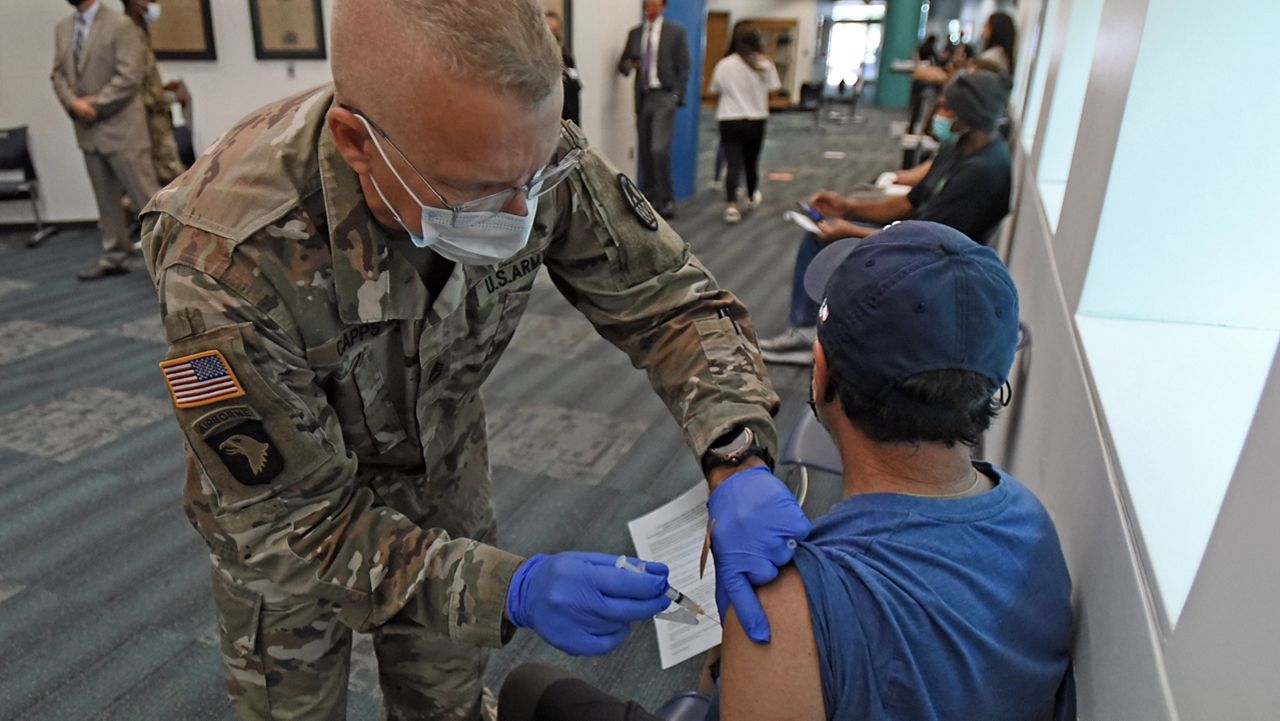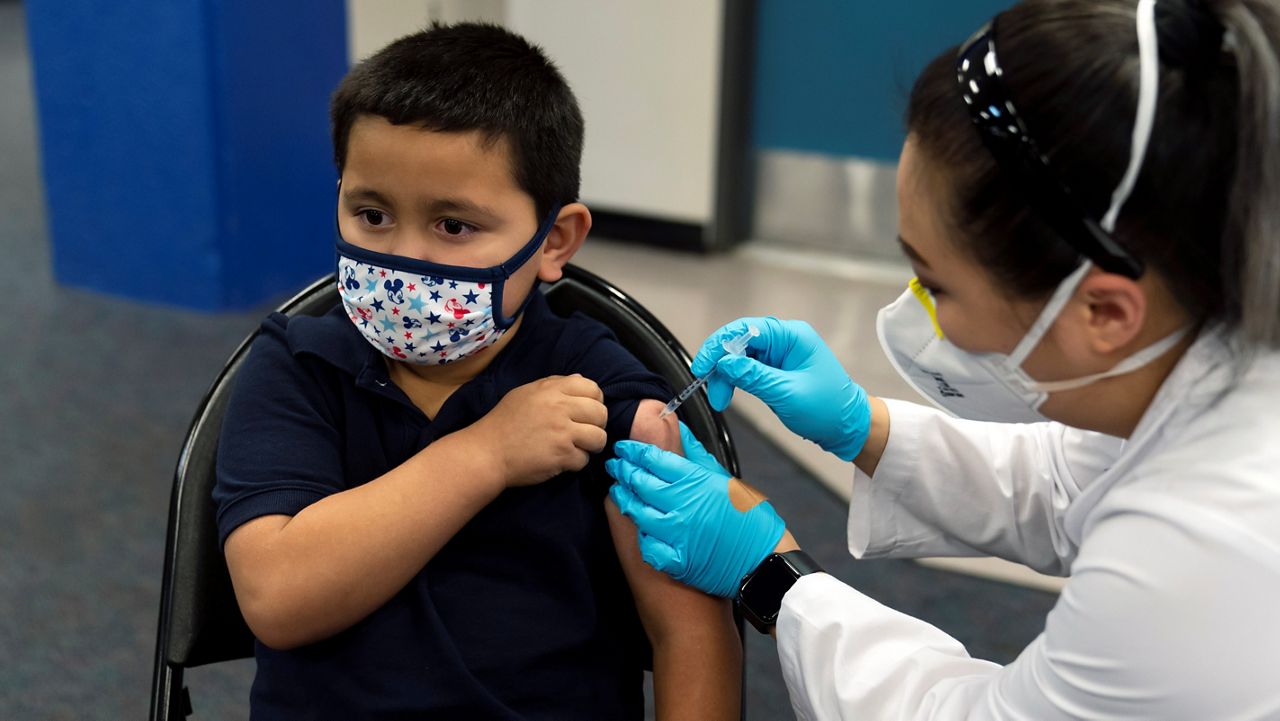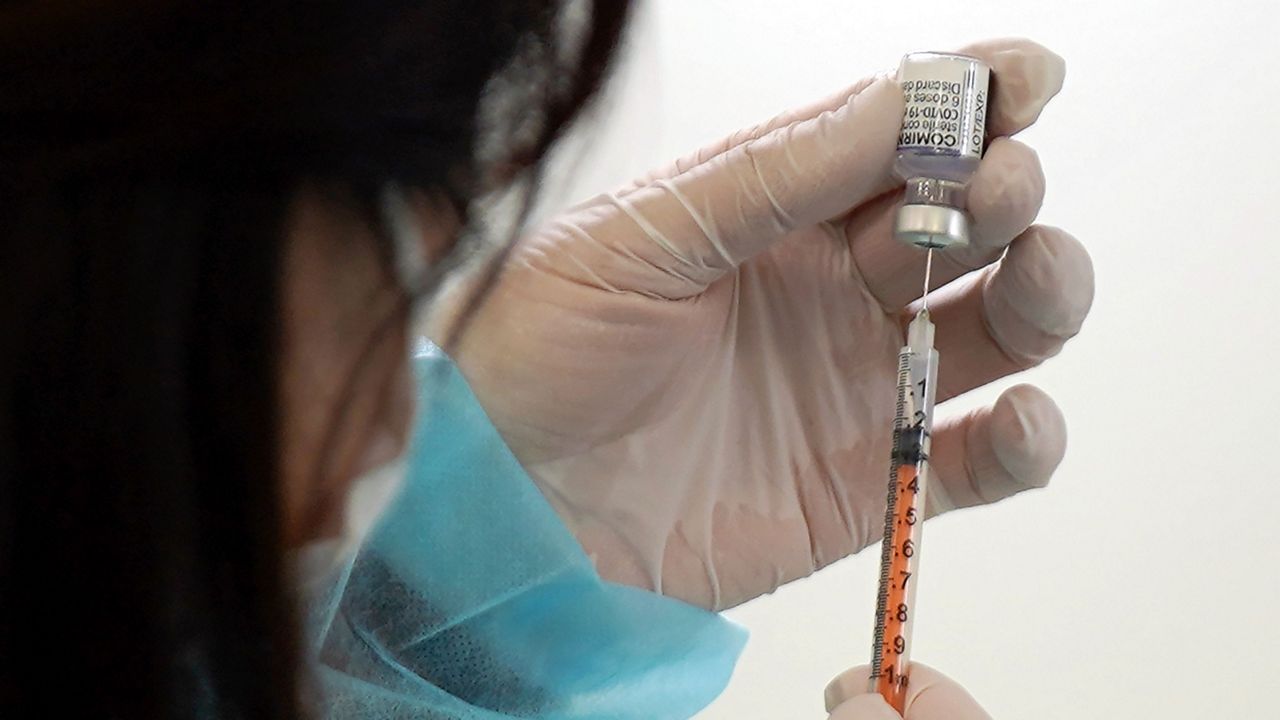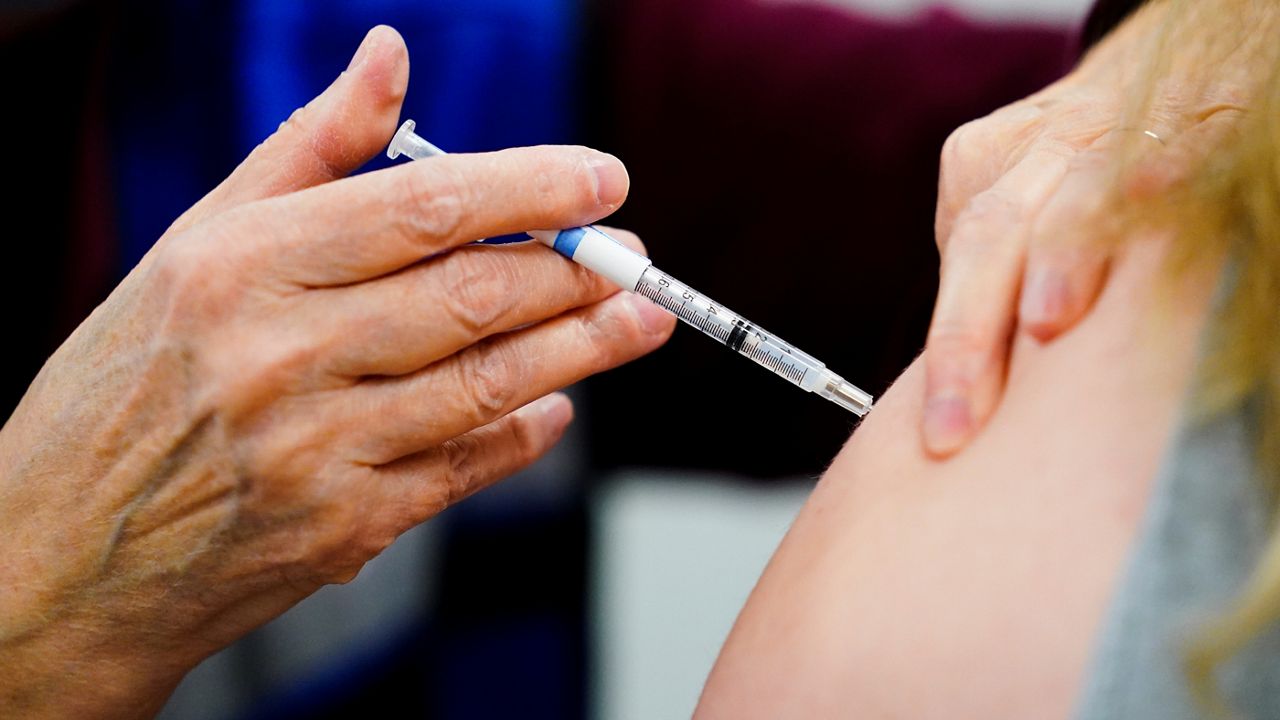Case counts are increasing again, and vaccination numbers continue to lag. Public health officials are warning of the new, more-contagious coronavirus Delta variant now accounts for most cases in North Carolina.
Warnings like these from state officials have become almost standard fare since the pandemic hit North Carolina 16 months ago. But things are indeed getting worse.
“After months of decline, North Carolina is experiencing a rapid increase in COVID-19 spread among those who are unvaccinated,” the state Department of Health and Human Services said Friday. The number of people hospitalized has doubled in the past two weeks, and the weekly new case numbers are up 66%.
"Unvaccinated North Carolinians are unnecessarily getting sick, being hospitalized and dying,” DHHS Secretary Dr. Mandy Cohen said in a news release. "Don’t wait to vaccinate. And if you haven’t gotten your shot, you need to wear a mask indoors at all times when you are in public spaces."
About 94% of new cases are in people who are not fully vaccinated, DHHS said.
A new county-by-county map shows where the virus is spreading the fastest and where communities face the highest risk. Compared with similar county vaccination data, the counties where the virus is spreading faster generally have lower vaccination rates.
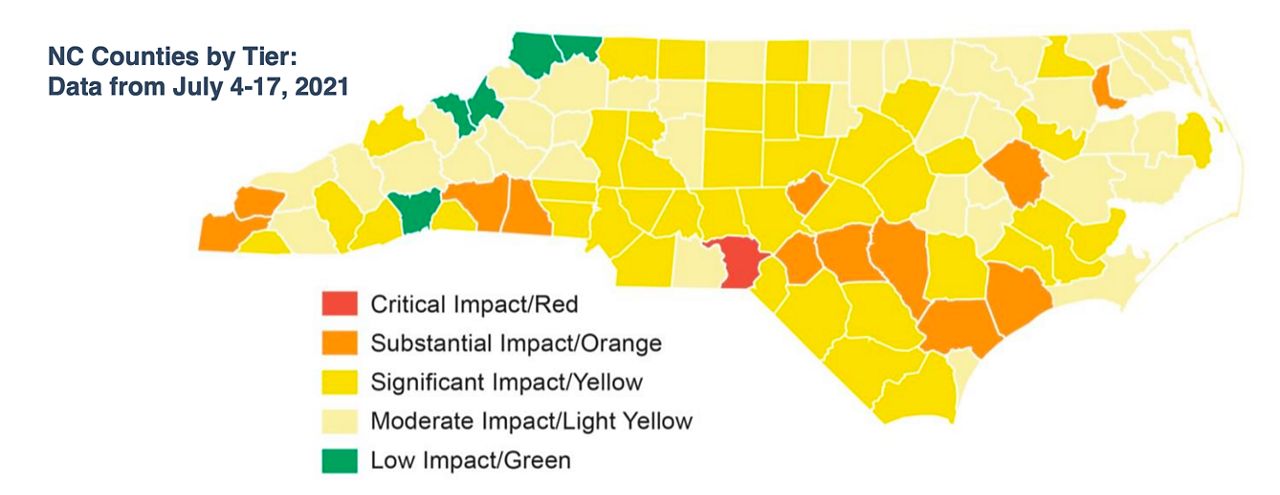
The North Carolina Department of Health and Human Services has been putting out weekly reports gauging the COVID-19 risk by county. Just a couple weeks ago, the color-coded map showed most counties were getting ahold of the virus, with no areas in the “red” with “critical impact.”
The map is based on several factors, including the number of cases per capita, the percent positive of tests and the number of available hospital beds.
Richmond County, between Charlotte and Fayetteville, is the sole county in the “red zone.” Richmond reported a 10.9% positivity rate, compared to 6.7% statewide, according to DHHS. The county also reported about 283 cases per 100,000 people, the second highest rate in the state. Graham County is slightly higher at 284.
In Richmond County, 35% of people are fully vaccinated, compared to 46% statewide, DHHS data shows.
More than half of the counties in North Carolina had an increase in risk, according to the DHHS map.
But it’s not all bad news. Five counties, all in the western part of the state, are in the “green zone.” Alleghany, Ashe, Avery, Henderson and Mitchell, are all in the “low impact” area, according to DHHS.
With the exception of Mitchell County, the green counties all have higher vaccination rates, with at least 42% of adults fully vaccinated.
In Gaston County, outside Charlotte, the percent positive rate crossed the 5% mark for the first time since May. That percent positive number gives public health officials a sense of how controlled the virus is. Higher numbers mean faster spread.
“The Delta variant is much more infectious and transmissible than the original strain,” Gaston County Public Health Medical Director Dr. Tia Robertson said in a statement. “The viral load builds up quickly, making it more contagious earlier on in the course of the disease.”
About 36% of Gaston County is fully vaccinated, according to DHHS. The county is listed as yellow for moderate impact on the DHHS map.
Across the state in Wilmington, New Hanover County is listed as having only slight impact from the coronavirus with light yellow. But public health officials there are warning that the situation could get worse.
“A month ago, our trend in new cases averaged 28 reported cases a week, but we saw 102 new reported cases just last week,” said Assistant Public Health Director Carla Turner.
“While we are still unsure the degree of severity that the Delta variant is having in our community, it’s clear that COVID-19 is still very much here and very much a threat,” Turner said. “It has never been easier to get a vaccine, so please seek one out to protect yourself.”





